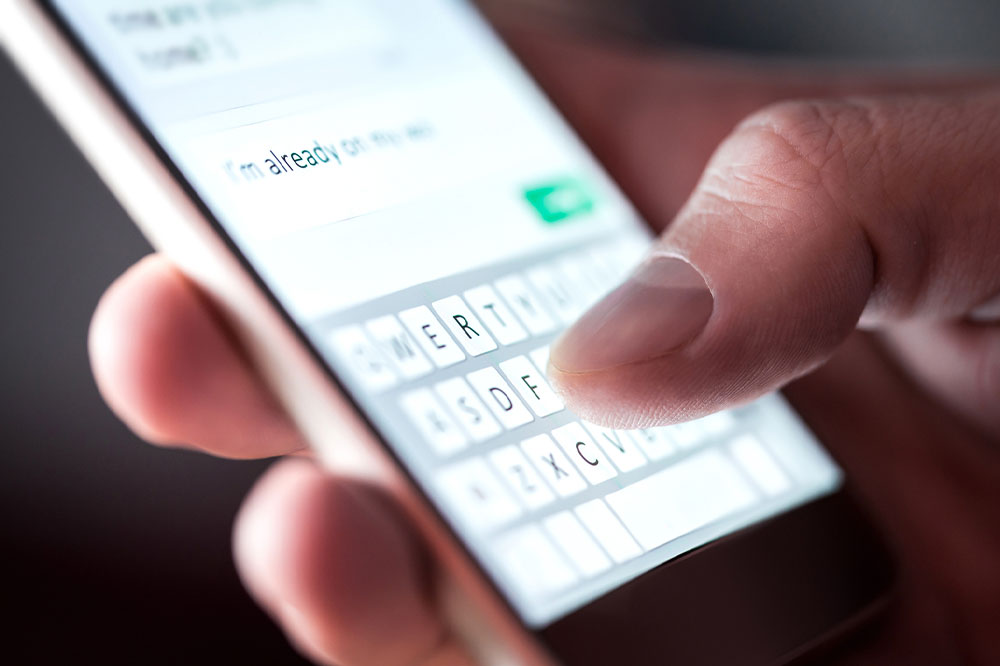Comprehensive Strategies to Maintain Virtual Connections Across Long Distances
Discover comprehensive and effective methods to nurture long-distance relationships through digital communication. Learn how to utilize VoIP calls, instant messaging, and email to stay connected with loved ones worldwide. This guide provides practical tips and insights into leveraging online platforms for meaningful, real-time interactions that bridge physical gaps and strengthen bonds. Perfect for anyone seeking to maintain strong personal relationships regardless of geographical barriers, this article emphasizes how technology can foster intimacy, support, and closeness with friends and family across distances.

Comprehensive Strategies to Maintain Virtual Connections Across Long Distances
Staying connected with loved ones regardless of geographical barriers has become increasingly vital in our globalized world. Whether family members are separated by oceans or friends are spread across different countries, maintaining close relationships requires intentional effort, especially in today’s digital age. Historically, communication barriers such as high costs of international calls and unreliable connectivity often hindered regular interaction. However, technological advances have transformed the landscape of long-distance communication, making it easier, more affordable, and more engaging than ever before.
Modern internet-based tools offer a plethora of options for fostering ongoing relationships and reducing the emotional distances. These innovations have eliminated many traditional barriers, allowing us to bridge physical gaps seamlessly. In this article, we delve into strategic ways to leverage digital platforms effectively, helping you sustain meaningful connections with friends and family across the globe. We will explore three primary methods of online communication—voice calls, instant messaging, and email—and highlight their benefits, best practices, and tips for maximizing their potential.
While these interactions are mediated through screens, they cultivate genuine feelings of closeness and presence. Understanding which tools to use in different situations can greatly enhance the quality of your virtual interactions. Whether you’re celebrating special milestones or simply staying updated on each other's daily lives, these strategies can keep your relationships vibrant and strong, no matter the distance.
Digital communication tools have revolutionized the way we connect, making long-distance relationships more manageable and heartfelt. Here are three key methods that are widely used and highly effective:
Voice Calling via Internet Protocol (VoIP): Voice over Internet Protocol (VoIP) technology allows individuals to make voice calls using the internet instead of traditional telephone networks. This innovation is cost-effective and comes with a range of high-quality features. Popular applications such as Skype, Facebook Messenger, Google Hangouts, and WhatsApp enable users to connect with friends, family, or colleagues instantly. These apps typically offer free voice calls, regardless of the caller's or receiver's location, making them a popular choice for maintaining regular contact. VoIP calls support long conversations without the worry of escalating charges, fostering more meaningful interactions across borders. Additionally, many platforms now offer video calling features, adding a visual element that enhances emotional connection and makes conversations feel more personal and engaging.
Real-Time Messaging and Multimedia Sharing: Instant messaging apps like WhatsApp, Facebook Messenger, Viber, and Telegram have revolutionized asynchronous communication. These tools enable users to send instant text messages, images, videos, voice notes, and even share documents or location data in real-time. This dynamic mode of interaction is particularly useful for informal, quick updates and sharing moments on the go. The addition of multimedia components allows users to express themselves more fully, bridging the emotional gap that often accompanies digital interactions. Emojis, stickers, and GIFs further enhance the expressiveness of conversations, making them lively and fun. Real-time messaging is also highly convenient for coordinating plans, sharing important news, or simply staying in touch throughout the day.
Email: A Reliable Formal Communication Tool For more detailed, official, or lengthy exchanges, email remains an indispensable tool. Platforms like Gmail, Outlook, Yahoo Mail, and others provide a convenient, organized way to send messages with attachments. Emails can be drafted and sent at any time, making them ideal for non-urgent communication, professional correspondence, and sharing comprehensive updates. The ability to attach files, photos, and documents up to a certain size (commonly 25MB) allows for efficient sharing of important materials. Furthermore, email correspondence offers an archive of conversations, which can be reviewed later at your convenience. This method supports thoughtful, well-structured communication and can serve as a formal record of interactions. While not as instantaneous as messaging apps, email provides a reliable medium for detailed and official exchanges that require careful recording and long-term reference.
In combination, these digital tools empower individuals to construct a diverse and flexible communication network that overcomes the limitations of physical distance. Whether it’s a quick voice call, a spontaneous multimedia message, or a detailed email, each method plays a crucial role in maintaining and strengthening personal relationships in a connected world.
By understanding and utilizing these effective online communication strategies, you can foster intimacy, provide emotional support, and stay involved in your loved ones' lives despite geographical separation. Embrace these technological solutions to keep your relationships vibrant, meaningful, and enduring. The key is to choose the right tool for each situation and to be consistent and intentional about your virtual interactions. Remember, quality and authenticity matter more than the modality—what counts most is feeling close, connected, and cared for.




